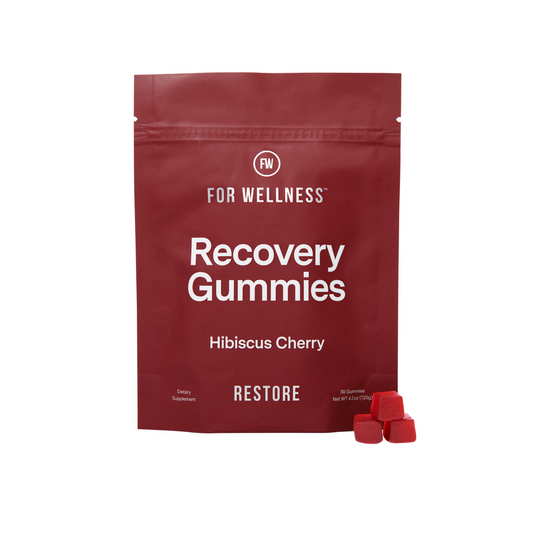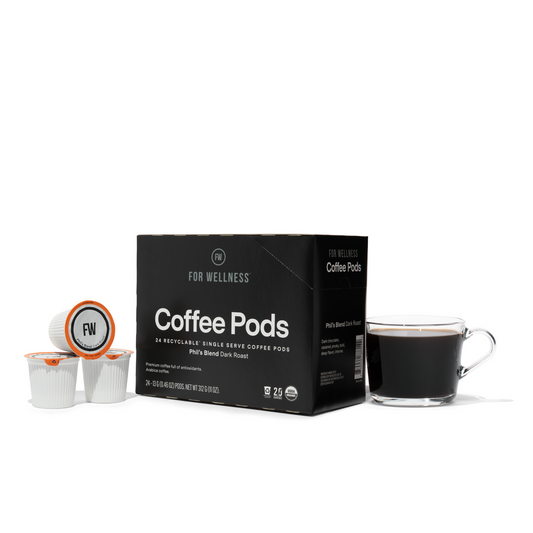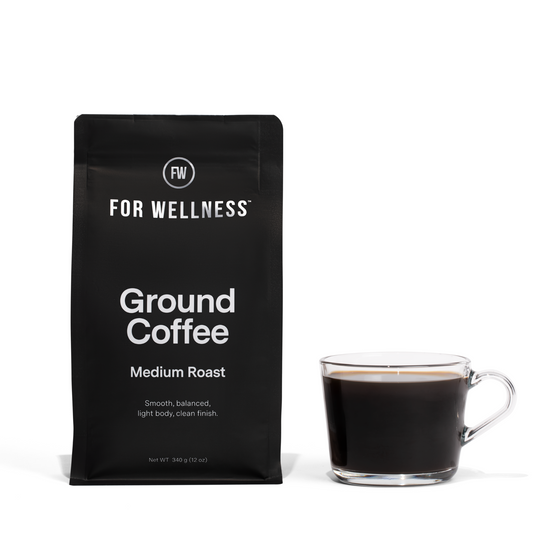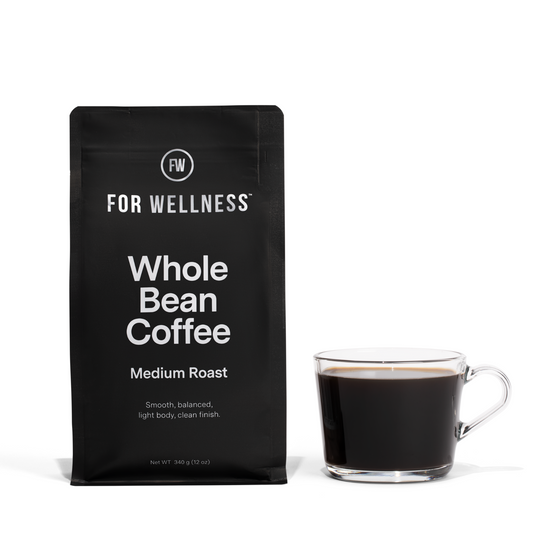Perfecting your at-home brew to save time and money is a fine art, but it pays off - literally.
However, what you probably don't realize is that creating a quality coffee is about so much more than an expensive milk frother and intricate brewing method.
In fact, a good coffee starts at the source, with where and how high your coffee is grown.
According to Java experts, the elevation of a coffee farm above sea level sets the foundation for the rest of your cup's tasting profile, which is why it's so important to get it right.
Give yourself a head start over your fellow coffee connoisseurs with our guide to coffee elevation and choosing the best beans for you!


The Good Stuff - Performance
-
One scoop will infuse your coffee with healthy ingredients
-
Ditch the bad stuff like sugar, dairy, and artificial creamers
-
Fights inflammation and supports skin and joint health
-
Makes your coffee taste great
What is Coffee Altitude Anyway?
Coffee altitude refers to the elevation at which coffee plants are grown. Robusta coffee beans (which is typically considered lower quality) tend to grow at lower altitudes, around 600 to 2,500 feet above sea level. Arabica beans (often used for premium coffee, like ours!) prefer elevations between 2,000 and 6,500 feet above sea level.
So Why Does Altitude Matter for Coffee?
Altitude influences the environment in which coffee plants are grown. Just like different flowers, herbs, and trees prefer specific growing conditions, coffee plants need optimized ecosystems to thrive.
Coffee plants dig sunny, frost-free climates that experience moderate rainfall. While lower altitude regions are often warmer and get more rain, higher altitude locales tend to be cooler and dry. These differences influence the speed at which coffee cherries (which later become beans) develop and mature.
Hotter temperatures and lower elevations mean a shorter maturation process and result in smaller, less flavorful beans. Cooler temperatures and higher elevations allow the coffee cherries to develop more complex sugars, which lead to deeper flavors.
The altitude at which coffee is grown also plays a significant role in its acidity.
Unlike the literal acidity of a lemon, coffee acidity doesn’t have a sour or bitter taste.
It adds a bright, lively complexity that wakes up a coffee’s flavor profile. While too much acidity can make coffee taste sharp, too little can result in a flat, flavorless cup.
What is the Difference Between High Altitude and Low Altitude Coffee?
Let’s take a closer look at how different altitudes affect the flavor of your coffee:
Low-Altitude Coffee: Simple, Earthy Flavor
Low-altitude coffee refers to beans grown below 3,000 feet above sea level. Beans in these warmer regions embrace the earthiness and rainfall that comes with lower elevation.
Unfortunately, higher temperatures and wet conditions cause coffee to ripen more quickly, preventing it from developing rich, complex flavors. Coffee made with low-altitude beans can taste bland and lacks acidity.
Hawaiian Kona coffee is an exception. Though it’s grown at a low elevation, Hawaii’s position north of the equator and its uniquely shady, volcanic conditions slow the maturation process. Kona coffee's flavor is similar to those produced from higher-altitude coffee trees.
Medium-Altitude Coffee: Smooth and Sweet
Medium-altitude coffee is grown in regions between 3,000 to 4,000 feet above sea level. Coffee beans from Brazil and India typically fall in this category, enjoying balanced temperatures, rainfall, and sun to produce a smooth, mildly acidic, sweet, nutty flavor profile.
High-Altitude Coffee: Complex, Nuanced Flavor
High-altitude coffee is grown in locales between 4,000 and 5,000 feet above sea level. These growing regions offer cooler temperatures, dry air, and less rainfall, resulting in a slower maturation process.
Mountain slopes also provide better drainage, so trees stand in less water, which helps concentrate the coffee cherries’ compounds.
All these perks provide the coffee plants with ideal conditions and time to develop the natural complex sugars that give the final beans their decadent flavors and vibrant aromas. Higher-altitude coffee is often described as bright with nuanced citrus, vanilla, cacao, or dark chocolate tasting notes.
High-altitude coffee-growing regions include Java, Sumatra, Indonesia, Nicaragua, Mexico, and Costa Rica.
Very High Altitude Coffee
Coffee connoisseurs say very high-altitude coffees make the perfect cup. Grown upwards of 5,000 feet above sea level, coffee trees here leverage the thin, cold air, extremely low humidity, and chilly temperatures to mature slowly.
Beans from these mountaintops make brews that are highly acidic and complex, with floral, fruity, wine, and spicy notes. Very high-altitude coffee beans come from locales like Kenya, Ethiopia, Papua New Guinea, Peru, Colombia, and Guatemala.
Then There Are Volcanoes…
Altitude is one chapter in the coffee-growing saga. But there’s another starring player to consider: volcanic soil.
Mountainous, high-elevation regions are usually the result of earthquakes and volcanoes. Volcanic ash that gets into this area’s soil is nature’s secret spice for the best coffee. Just as wine grapes take on the characteristics of the soil they’re grown in, coffee plants absorb the essence of volcanic terroir. This adds:
- Increased acidity for the most exciting brews. Slower growth results in high-quality flavor development.
- Mineral richness. Volcanic soil is packed with minerals like potassium, phosphorus, and magnesium. These not only support coffee growth and reduce the need for artificial fertilizers but impart an interesting flavor.
For Wellness: Elevated Coffee for an Upgraded Coffee Ritual
Our Arabica coffee is ethically grown and sourced from small farms in the highest altitudes across Africa and South America.
We’ve got a bag for every brew method too. Choose from our Whole Bean Coffee, Ground Coffee, or Coffee Pods. Each option pairs perfectly with The Good Stuff, creating a delicious, energizing, jitter-free coffee experience.
Score Specialty Coffee, Without The Cafe Queues
Ever wonder why coffee shop brews taste better than homemade? It’s because roasters, baristas, and java experts know the best espresso or cup of Joe comes from high-elevation coffee beans. And now you do too!
In the end, coffee isn’t just any ol’ beverage; it’s an expedition of tastes and flavors that unfolds with each morning ritual and afternoon pick-me-up.
So, if you want to experience the height of coffee bliss, do a little experimenting. Perhaps low-grown is your jam, or higher elevation is what lifts your mood.
It's all part of the coffee experience!










